Optimal Weather for Concrete Repairs
Concrete repairs are most effective when performed under optimal weather conditions. Temperature, humidity, and precipitation significantly influence curing and adhesion. Ideal conditions typically include mild temperatures, low humidity, and dry weather, which help ensure proper setting and longevity of repairs.
These seasons generally provide moderate temperatures and low precipitation, making them suitable for concrete repairs.
Cold temperatures can hinder curing and cause cracking. Repairs should be postponed until temperatures rise.
High heat can cause rapid drying, leading to surface cracks. Early morning or late evening repairs are preferable during summer.
Scheduling repairs during a period of stable, dry weather helps ensure optimal results.
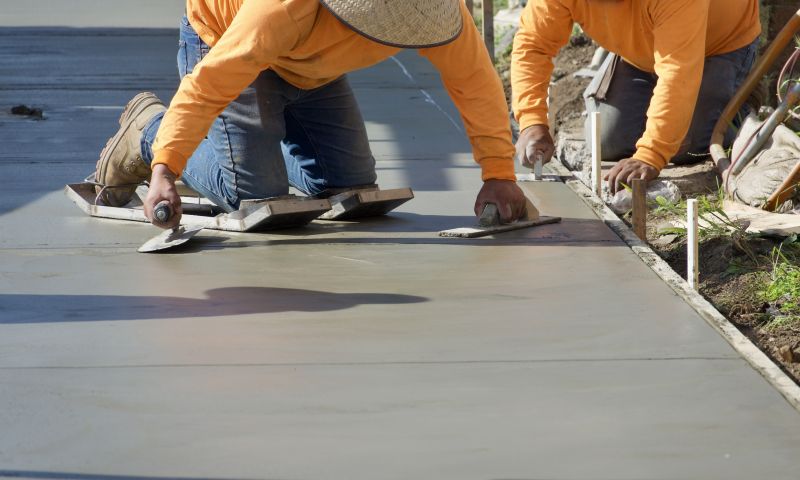
Ways to make Concrete Repairs work in tight or awkward layouts.

Popular materials for Concrete Repairs and why they hold up over time.
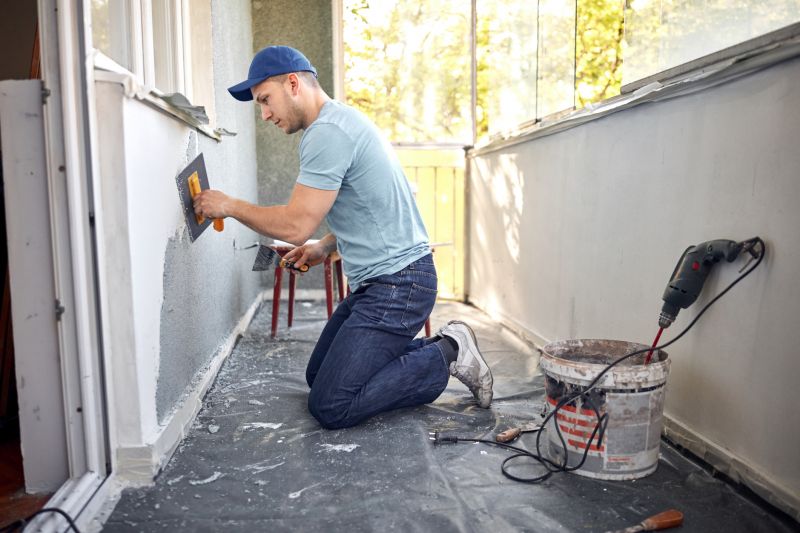
Simple add-ons that improve Concrete Repairs without blowing the budget.

High-end options that actually feel worth it for Concrete Repairs.
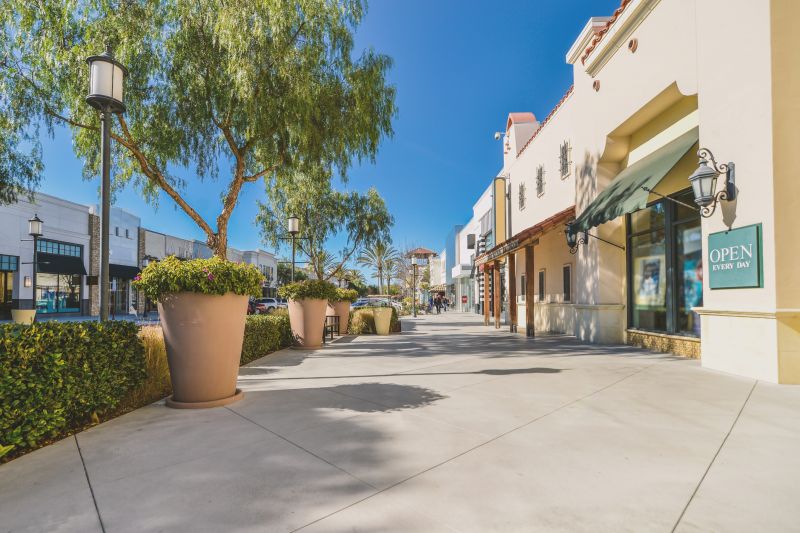
Finishes and colors that play nicely with Concrete Repairs.
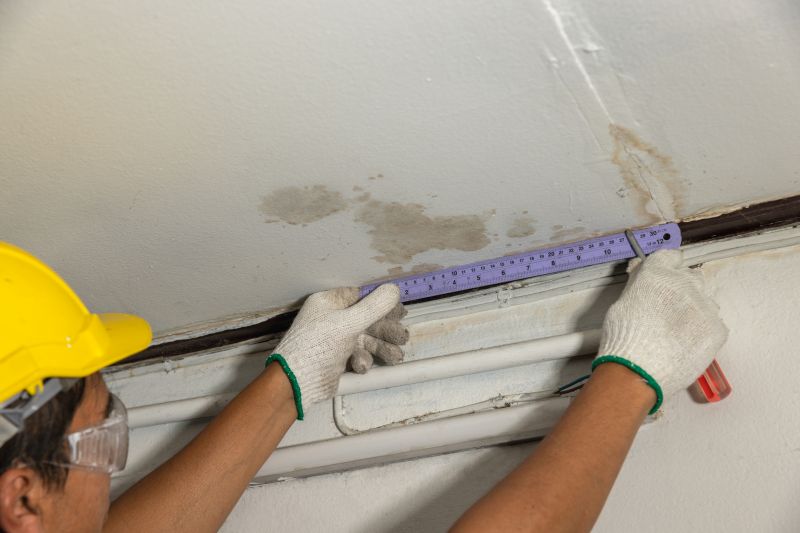
Little measurements that prevent headaches on Concrete Repairs day.
| Season | Recommended Conditions |
|---|---|
| Spring | Mild temperatures, low humidity, dry weather |
| Summer | Early morning or late evening, avoid peak heat |
| Fall | Moderate temperatures, stable weather |
| Winter | Not recommended unless heated or enclosed environments |
Concrete repairs involve restoring damaged or deteriorated concrete surfaces to extend their lifespan and maintain structural integrity. Proper timing ensures that repairs adhere well and cure correctly, preventing future issues. Weather conditions play a vital role in the success of concrete repair projects, influencing curing times and the final appearance.
Statistics indicate that repairs performed during optimal weather conditions have a significantly lower failure rate. Properly timed repairs can extend the lifespan of concrete surfaces by several years, reducing long-term maintenance costs and enhancing safety.
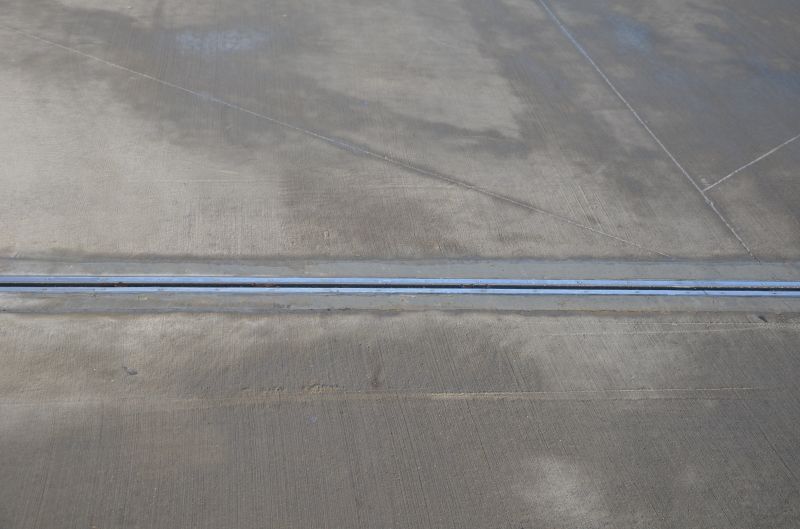
A 60-second routine that keeps Concrete Repairs looking new.
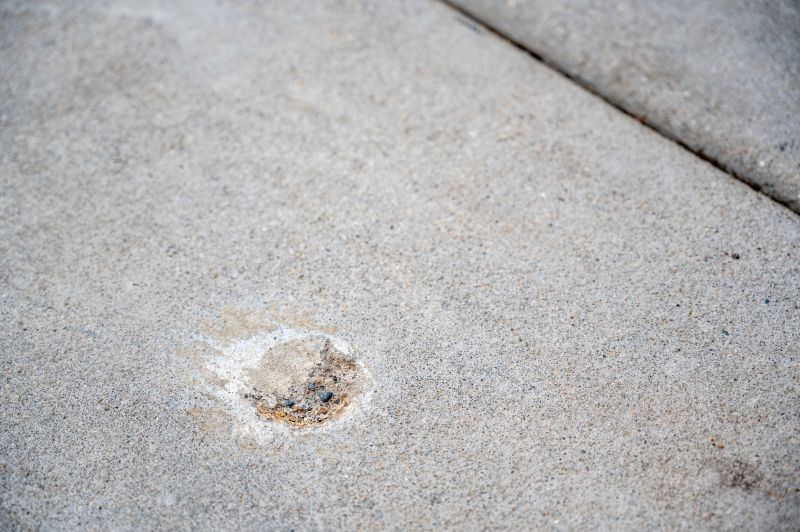
A frequent mistake in Concrete Repairs and how to dodge it.
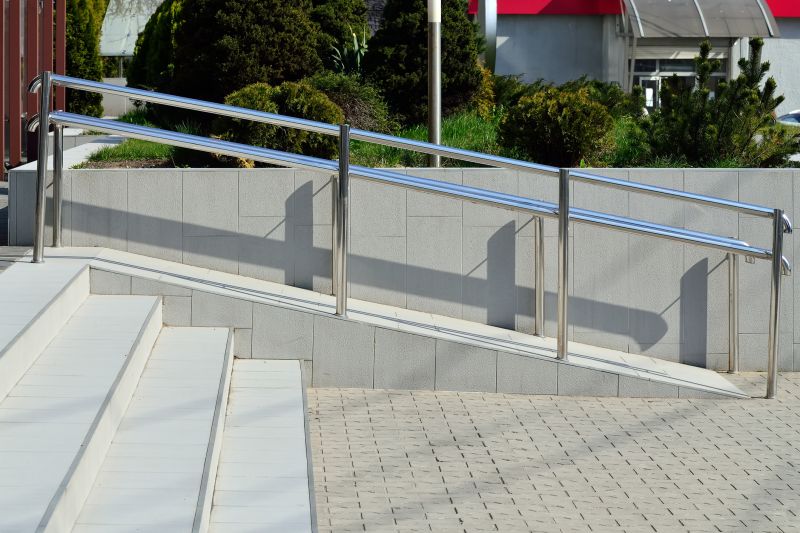
Small tweaks to make Concrete Repairs safer and easier to use.
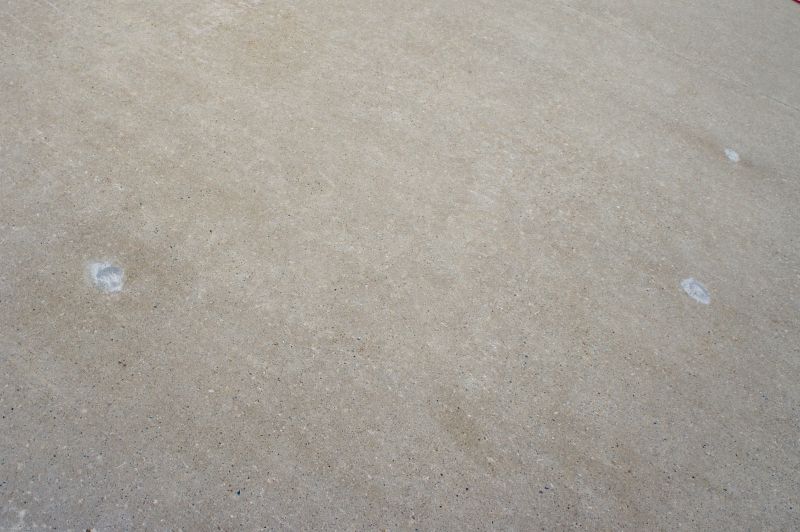
Lower-waste or water-saving choices for Concrete Repairs.
Interested in scheduling concrete repairs? Filling out the contact form can provide more information and help plan repairs at the most suitable time for optimal results.
